Hello everybody. I'm Rodrigo, and I'm here to bring you more news and information about the Pokémon TCG. This time we are going to discuss the new mechanic that was introduced for players during the London World Cup, about the next mechanic that will be implemented in 2023. An additional: it was also announced that the next World Cup tournament will be in Yokohama , a city south of Tokyo, Japan.
And with this news, here comes the "ex" cards !
But before we talk about that mechanic, let's recap a little bit of the history of Worlds announcements and advertisements that there were about changing mechanics.
Ad
The history of Worlds card announcements
GX Cards
It is not new that they make this type of announcement during these events. At the 2016 Worlds, moving from the X/Y block with EX and M. EX card mechanics and BREAK cards to the Sun & Moon block (that would debut in 2017), there was the announcement of Solgaleo and Lunala, showing the mechanics GX, which was unprecedented and with the layout of the cards.
But the curious thing is that they didn't show their title hierarchy, that is, if they were basic or evolutions (since most of the time, until the 6th generation, mythical and legendary Pokémon didn't go through an evolution process like Bulbasaur, Ivysaur and Venusaur, respectively).
However, in this current phase of the seventh generation, we were surprised by the question of having legendary with evolution, which is the case of Cosmog, Cosmoem and then the option to choose between two aspects: Solgaleo or Lunala .
In addition to the "censorship" of the type of Pokémon it would be (whether it was basic or evolution), there was still the censorship of energy costs of these cards and their HP, which still became a mystery.
UltraBeasts-GX Cards
Still in the Pokémon-GX wave, there was the reveal of the UltraBeasts cards, which were legendary Pokémon specific to the Alola region.
Then there was the introduction of new mechanics, but these always with more complete information about attacks, HP, cost of attacks, etc.
Team-GX Tag Cards
In mid-2018, there was a new revolution in card mechanics that improved with the Tag Team card, which would provide 3 prize cards per knockout, and the joining of Pokémon in pairs or trios.
This mechanic started in the Team Up expansion to Cosmic Eclipse (having its lifespan practically around 2019/2020).
V Cards
Now in the current Standard format, there was only one big announcement of changes to the mechanics of the format — minus the VUnion cards, which weren't featured, and VStar wasn't announced at Worlds because it was made in October 2021, when there were only remote events (but I'll leave the link as "honorable mention").
V mechanics and VMax:
VStar mechanics:
The ex cards: The Return
Explanations of the differences between "ex" and "EX" cards
Despite the same name "similar" to the mechanics implemented in Black/White and X/Y, don't be confused by the fact: this "ex" is "small", different from the capital "EX", used in Black/White and X/Y.
This suffix in the card terminology basically refers to the same "ex" used in Ruby/Sapphire, back in 2003.
"But what do you mean, Rodrigo?"
Watch:
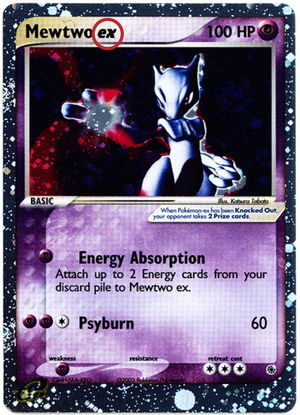
Ad
And compare with the new legends of the new generation:
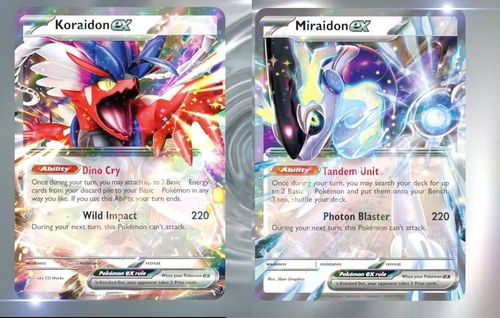
Note two things:
1) On Koraidon and Miraidon, they don't show the energies of their attacks, the archetype they entered (although their base form, Cyclizar is dragon/colorless type). It is very likely that they are colorless types, but no HP, attack cost, weaknesses, resistances or retreat cost were said, and not even the specifications of the types of energy and Pokémon they seek, the same mystery made in the Pokémon-GX era.
(That's because we haven't even considered how the Pokémon Company will implement the Terastal Phenomenon mechanic in the TCG - which we'll only see in the distant future.)
2) Did you notice? It's the same typography. And, on top of that, the mechanics will go back to the origins of the old Ruby/Sapphire "ex"s.
"But how so?"; asked the younger ones, who didn't catch that time.
It's simple: The exes who suggested there had respect for the evolution hierarchy, that is, if the last evolution card was an "ex" (regardless of whether it was stage 1 or stage 2), they should go through their predecessors like common cards, different from the "EX" (capital letters) we had in X/Y, where for example the basic one from there, like the Charizard-EX FLF 12 from the FlashFire expansion was considered "basic" and its Mega Evolution X, and the M Charizard-EX FLF 69 considered as a "stage 1".
Look at the examples below, what the hierarchy of "ex" Pokémon looked like in the Ruby/Sapphire era:




It is in this pattern that the new "exes" followed in their current mechanics. And we can see with this evidence that this point is highlighted thanks to the images inside the trailer:
Note that Lucario is a stage 1 Pokémon, but it needs to evolve from a basic Riolu.
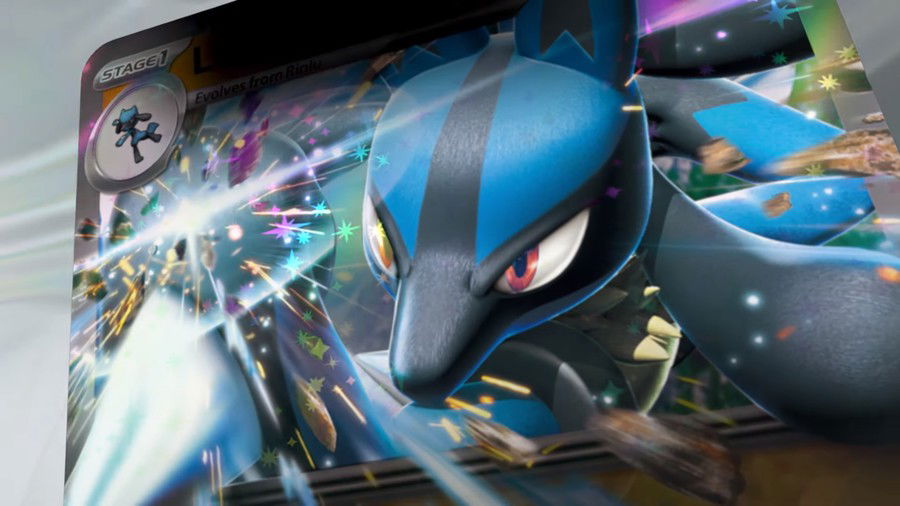
And in the same way as was explained with Lucario, here in the case of Magnezone, it is considered stage 2, having to go through Magnemite and Magneton (basic and stage 1) in order to evolve to Magnezone ex.
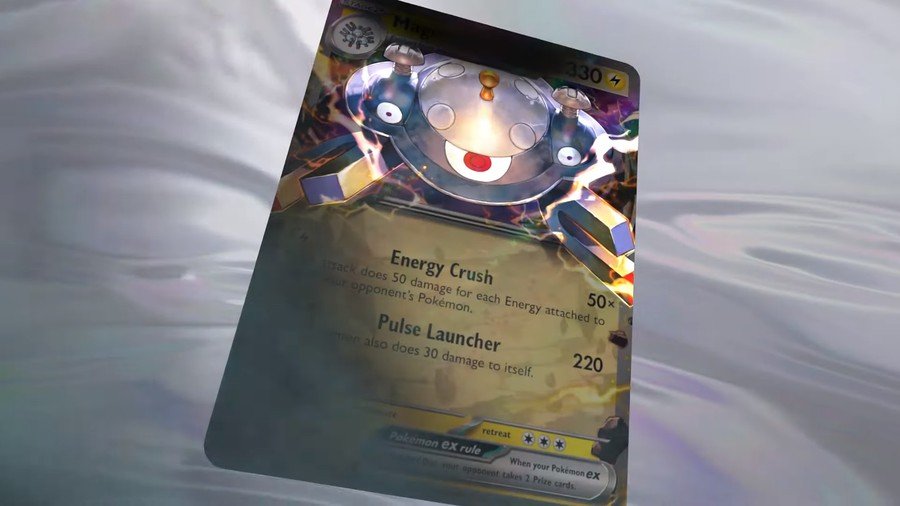
(Note: The card design and layout, with more rounded shapes and cylindrical parts, refers to the "EX" (capital letters) of Black/White and X/Y).
Conclusions and personal guesses
With the high power of destruction of these Pokémon, because of these stairs that were being raised thanks to the Pokémon Tag Team-GX that practically broke the format with high damage for free like 230, 270, etc; consequently Sword & Shield had to match these criteria, putting Pokémon with 300 health at minimum and 340 at maximum. Even with Pokémon-VStar around 270 to 280 health, there are still powerful attacks that easily go past 200 damage.
Ad
And seen by the trailers, for example, with Magnezone at 330 HP, I think Pokémon should come back with the mechanics of weaknesses and double resistances.
"But what do you mean, Rodrigo?"
It's really annoying to rely on just one type of Pokémon to guarantee weakness and deal double damage. That is, if you use a Fighting Pokémon, you are guaranteed that a Psychic Pokémon will deal double that damage.
So, in the Ruby/Sapphire era, we had lots of "ex" cards with two weaknesses and two resistances, which gave the game a more dynamic feel and more possibilities for more decks to have chances against others. I will give examples here with images:

That's all for today.
Any suggestions, I'm available in the comments!
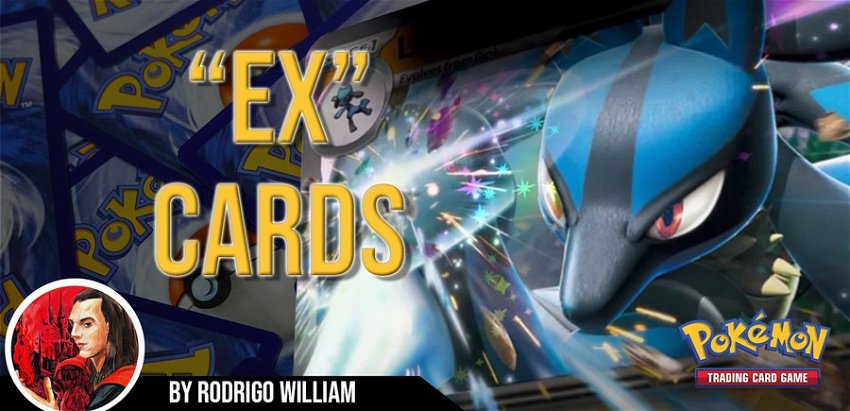



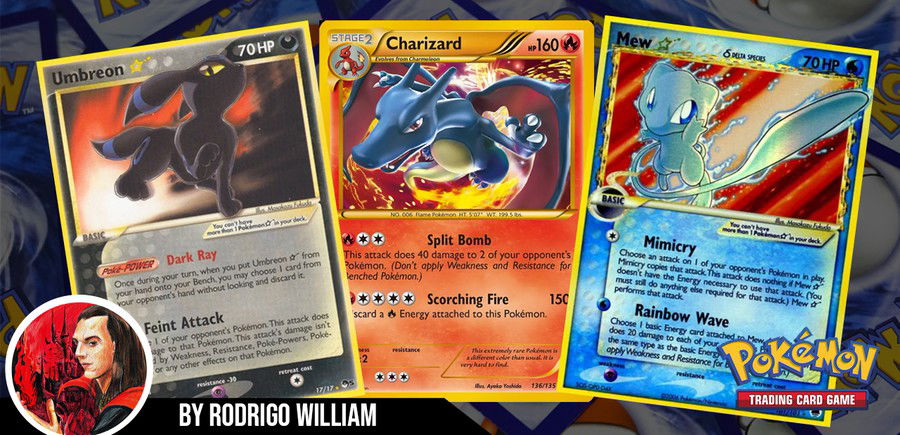
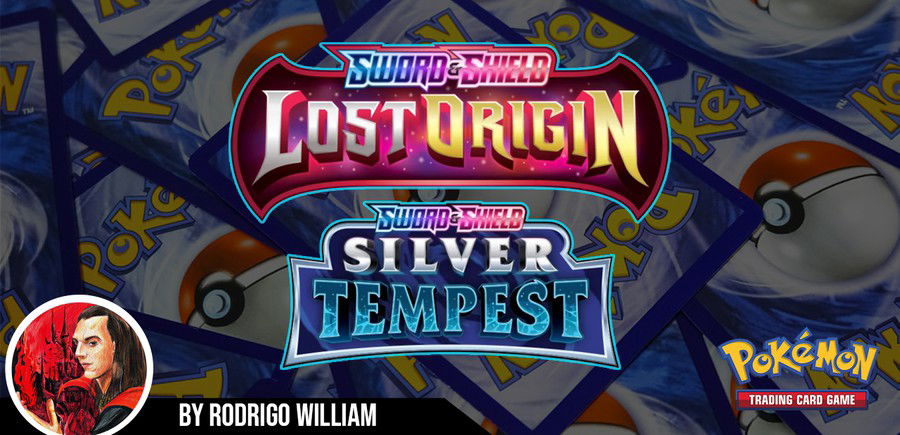

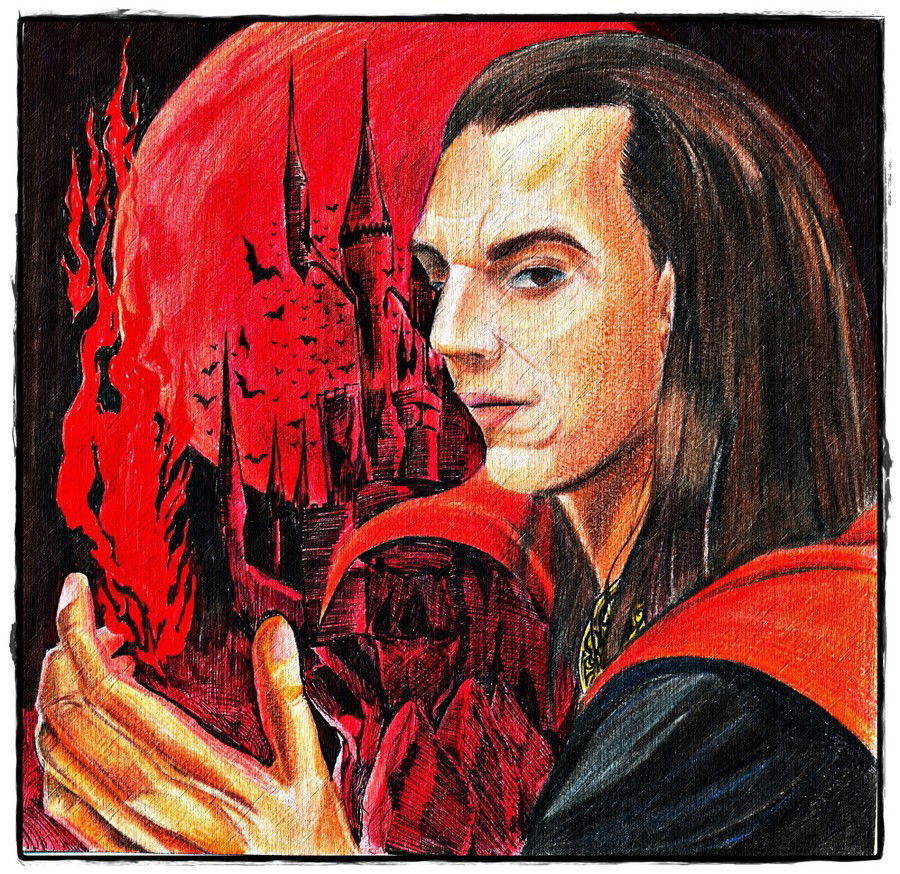

— Kommentare0
Sei der erste der kommentiert